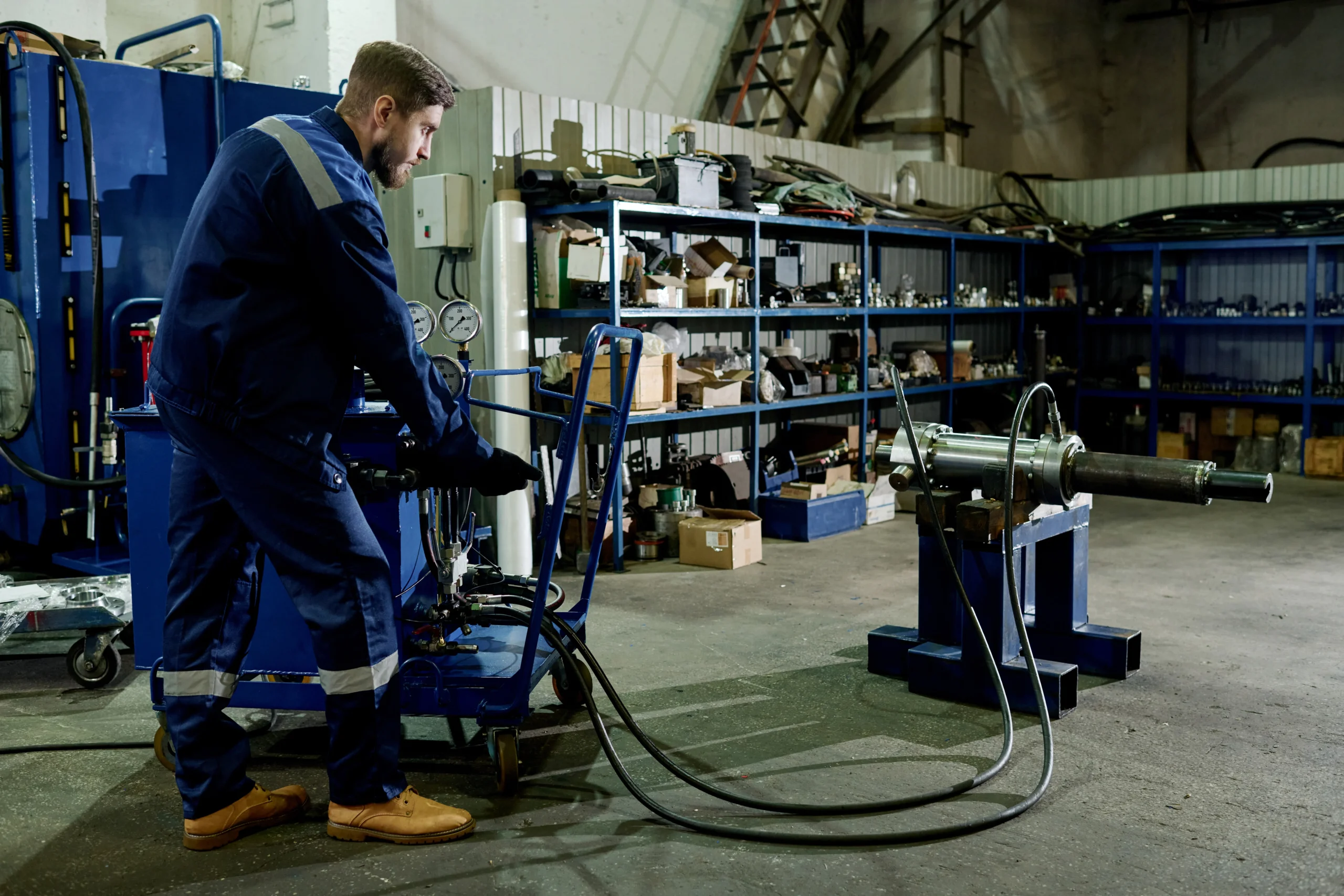H2: Understanding the Risks and Prevention Measures
Progressive cavity pumps (PCPs) are known for their versatility and ability to handle a wide range of fluids, including those with high viscosity, abrasiveness, and sensitivity to shear. However, like any mechanical equipment, PCPs require proper operation and maintenance to ensure optimal performance and longevity. One common concern among users is the risk of dry running.
What is Dry Running?
Dry running occurs when a pump operates without sufficient liquid to lubricate and cool its internal components. This can lead to several issues, including:
- Overheating: The friction between the rotor and stator can generate excessive heat, potentially damaging the pump’s internal components.
- Bearing Failure: Dry running can cause premature wear and failure of the pump’s bearings.
- Sealing Issues: The seals may become damaged or leak due to excessive heat and friction.
Why Can’t PCPs Run Dry?
PCPs rely on the precise meshing of the stator and rotor to create a pumping action. When the pump runs dry, the friction between rotor and stator can cause overheating, seizing, and even catastrophic failure. This can result in costly repairs, downtime, and potential safety hazards.
Preventing Dry Running in Progressive Cavity Pumps
To minimize the risk of dry running in your PCP, consider the following preventive measures:
- Monitor Liquid Levels: Regularly check the liquid levels in the suction tank or reservoir to ensure a consistent supply.
- Install a Dry Run Protection System: A dry run protection system can automatically shut down the pump if the liquid level drops below a certain point.
- Avoid Cavitation: Ensure that the pump is installed at an appropriate height above the liquid source to prevent cavitation and to ensure sufficient NPSH available (NPSHa > NPSHr).
- Regular Maintenance: Perform routine maintenance on the pump, including inspecting and replacing worn seals and bearings.
- Proper Installation: Ensure that the pump is installed correctly according to the manufacturer’s instructions.
By taking these precautions, you can help to prevent dry running and ensure the long-term reliability of your progressive cavity pump.
If you’re looking for a reliable progressive cavity pump supplier, consider contacting Thermac Engineering. We offer a wide range of high-quality PCPs designed to meet your specific needs.
